LED
Latest
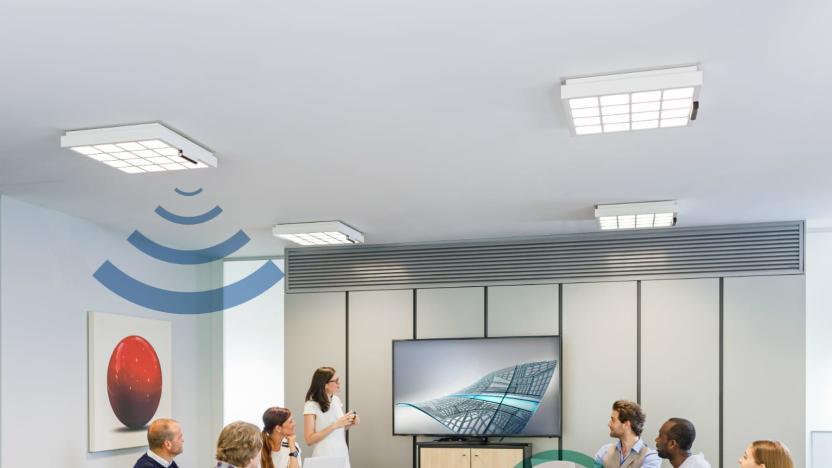
Signify's LiFi system promises up to 150 Mbps internet via LED lights
This week, Signify, formerly Philips Lighting, launched one of the first commercial LiFi, or Light Fidelity, systems. LiFi transmits broadband internet through lights, using LEDs to move data and bypass radio signals. We've seen some experimental applications of the tech, but this is the most realistic deployment yet.

OhMiBod's next remote-controlled vibrator promises to last a lot longer
Sex toys have come a long way since the early days of crudely-shaped, buzzing hunks of plastic. They're sleek, discreet and boast all kinds of features designed to give your sexy time a techy twist, from connected cameras to VR compatibility. But these additions can often come at the expense of battery life, and no-one wants to run out of juice in the middle of playtime. Enter the Esca 2, the second iteration of the Bluetooth-enabled interactive vibrator, which boasts a larger battery capacity.
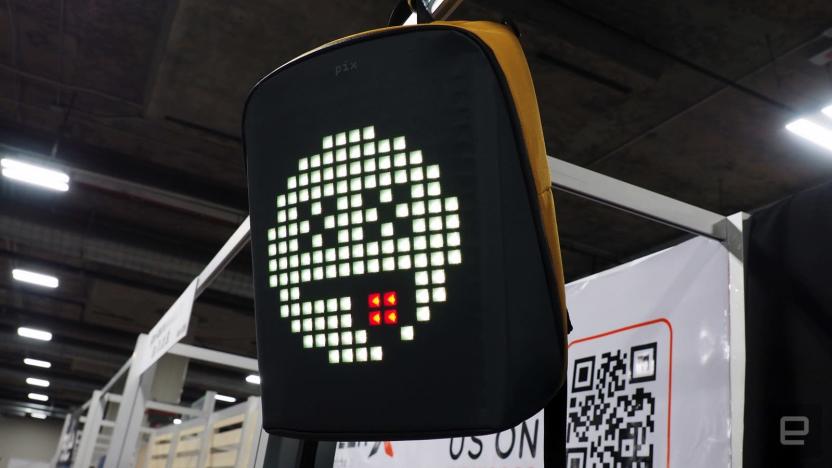
The Pix Backpack is a wearable screen for the hypebeast generation
We've seen a couple of attempts at marrying screens with attire to create endlessly customizable fashion, but so far none have actually made it to market. At first glance, the Pix Backpack looks like another one of these intriguing accessories that never escapes the concept stage. The Kickstarter pitch promises a backpack with a retro-aesthetic display you manipulate using -- you guessed it -- a mobile app. The app features a library of images, animations, widgets and even games that populate the low-res color screen, or you can make your own pixel art through a simple editor. The Pix Backpack isn't just a quirky idea destined for the halls of vaporware, though.
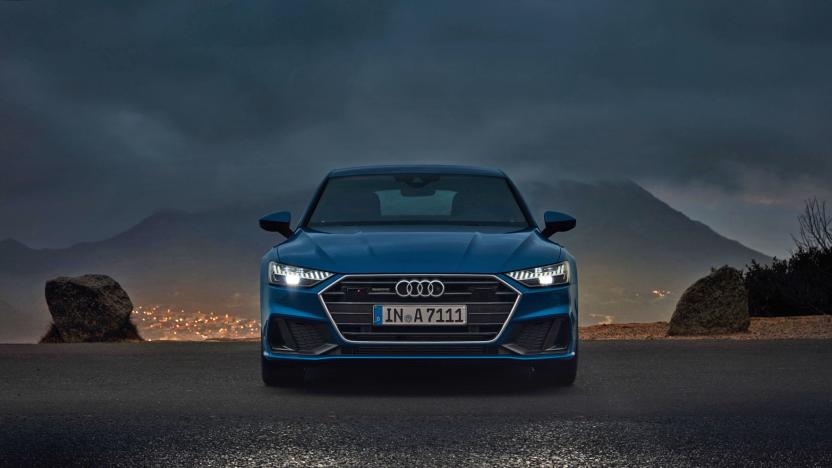
Audi’s HD Matrix LED lights may soon be allowed on US roads
Headlights typically serve one purpose -- helping drivers see the road. To illuminate the asphalt at night the lights traditionally had two settings. Low beams for driving around town and passing other vehicles or high beams for seeing more of the road and surrounding area. That's pretty much all we've had for decades. While cars in the United States still operate like this, in other parts of the world -- thanks to technology -- lights have evolved.

Nissan is using recycled Leaf batteries to power street lights
Nissan is using old Leaf batteries in a very meta way: To power streetlights that will make roads safer for vehicles and pedestrians. Called "The Light Reborn," it uses a solar panel that charges up a battery, which can then power the LED at night with no external connection required. Nissan is testing the product today in Namie, Japan -- a city that was abandoned after the Fukushima nuclear disaster -- and plans to do a full-scale installation in the town later this year.

Samsung's first 3D Cinema LED screen launches in Swiss theater
Want to watch 3D movies at the theater without the picture quality limitations that come with projectors? You'll want to plan a trip to Switzerland. Samsung's 34-foot 3D Cinema LED screen has premiered at Arena Cinemas' Silhcity theater in Zurich, promising moviegoers 3D without the usual drawbacks (and, hopefully, a few perks). It promises 10 times the peak brightness of projectors while retaining the full 4K resolution and consistent picture quality, avoiding the usual problems with dim, low-resolution 3D images that vary based on where you're sitting. HDR video support and JBL Professional audio help, too.
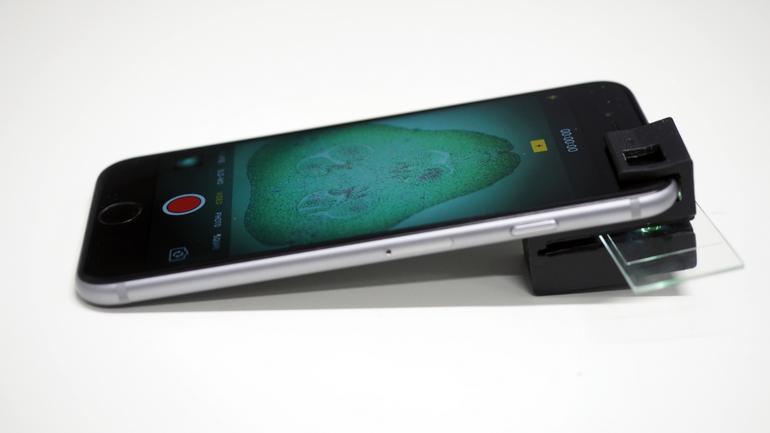
3D-printed smartphone microscope is good enough for scientists
Your smartphone could soon be a fully functional microscope capable of examining samples as small as 1/200th of a millimeter. Australian researchers have developed a clip-on device that requires no external light or power sources to produce a clear picture of microscopic organisms and cells from animals, plants and blood -- and it can be made by anyone with a 3D printer, as the team is sharing the 3D printing files publicly.

Samsung created a 3D version of its 34-foot cinema LED screen
Last year, Samsung unveiled its Cinema LED Screen, a giant, 34-foot screen that can be used in theaters in place of traditional projector systems. Now, Samsung has announced that it has created a 3D version of that screen and it brings all of the image quality benefits of the Cinema LED Screen as well as some added bonuses like less dizziness and fewer headaches compared to typical 3D cinema viewing experiences.
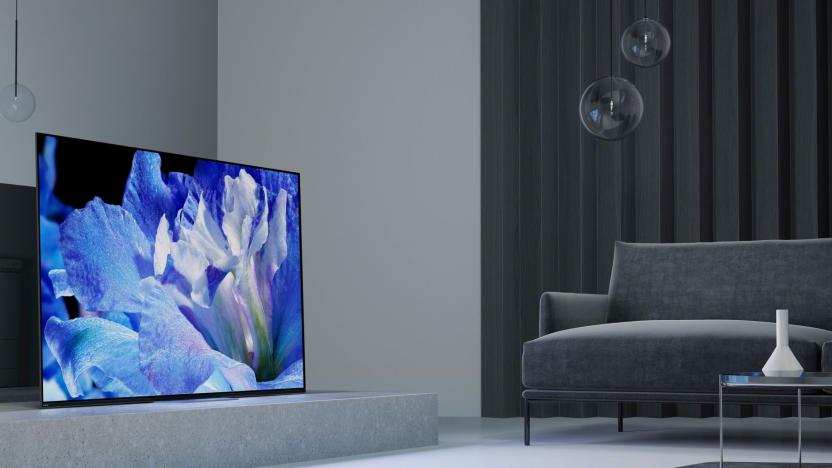
Sony's 2018 4K TVs keep the focus on OLED, HDR and Android
Last year Sony kicked off the year by adding OLED and HDR to its lineup, then later pushed Google's Assistant AI as an upgrade for its Android TV platform. In 2018 the company is sticking to those basics on its latest 4K TVs with a few tweaks. It will once again offer OLED TVs in 55- and 65-inch sizes, this time with an updated version of its technology that broadcasts sound directly from the display itself. Now dubbed "Acoustic Surface," this A8F series appears to pack the upgraded version of Crystal Sound that LG Display is showing off, with support for 3.1 channels of audio instead of the A1E's 2.1. There's no word yet on price, but last year's models launched at $5,000 and $6,500, and currently sell for around $3,000/$4,000.

Samsung is ready to build a 146-inch TV wall in your house
Last year Samsung announced a 34-foot 4K LED TV that could challenge movie theater screens, and now it's ready to sell a version for home use. The Wall by Samsung uses similar MicroLED tech that is "self emitting" (read: each pixel works without a backlight) and can be assembled in extremely large sizes thanks to its modular design. We don't have much information to go on yet, but the 146-inch 4K screen we saw promises "outstanding brightness, contrast, and close-to- perfect viewing from any angle." Just something to think about, if an 85-inch 8K TV is too small and projector screens aren't bright enough.

Selfies become public art in 'As We Are'
Selfies can be a small act of self-promotion, but it's nothing compared to what artist Matthew Mohr can do for you. He has built a sculpture called As We Are that projects your face onto a 14-foot high interactive sculpture at the Columbus, Ohio convention center. "It is an open-ended, conceptual piece that explores how we represent ourselves individually and collectively," Mohr said in an artist's statement. "As We Are presents Columbus as a welcoming, diverse culture where visitors and residents can engage on multiple levels."
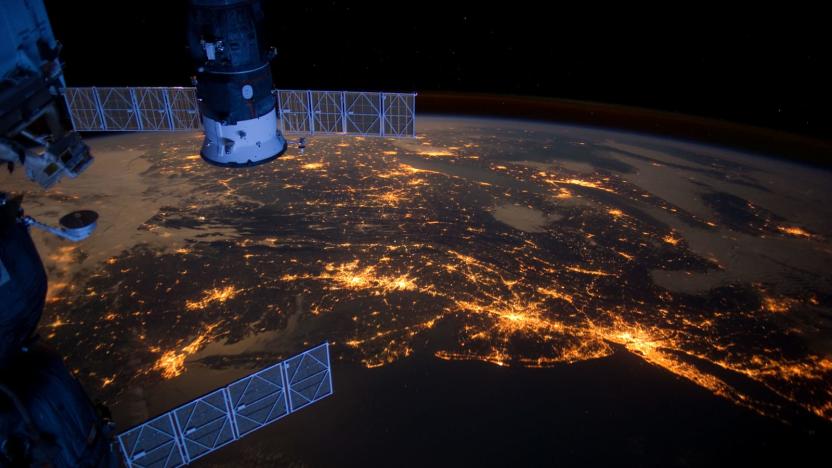
Our nights keep getting brighter
Our nights are getting brighter and they have been every year since 2012, according to a new study published today in Science Advances. Researchers led by Christopher Kyba at the GFZ German Research Centre for Geosciences used satellite imagery to track changes in nighttime outdoor artificial lighting around the world and they found that between 2012 and 2016, the amount of lit area grew by 2.2 percent per year. The amount of brightness from continuously lit areas also increased by 2.2 percent per year. So not only is more area being illuminated at night, already lit areas are getting even brighter. "We're losing more and more of the night on a planetary scale," said the journal's editor, Kip Hodges.

Engadget giveaway: Win a Nightingale home sleep system!
While some city dwellers have developed the ability to tune out loud noises, not everyone can ignore disruptive sounds come bedtime. Using optimized frequencies and decibel levels, Nightingale can do what white noise machines and fans fail to accomplish, by interfering with the brain's ability to comprehend noise when you're ready for bed. These unobtrusive units plug directly into wall outlets, while providing a pass-through for plugging in other electronics. You can control Nightingale with its free app (iOS and Android), and also choose if you want to add LED lighting effects in a variety of colors to help set the mood for a peaceful night's rest. The company has provided use with two home sleep systems for a pair of lucky winners this week. All you need to do is head to the Rafflecopter widget for up to three chances at winning one of these Nightingale home sleep systems. Good luck! Winners: Congratulations to Austin R. of Honolulu, HI and Will S. of San Jose, CA!

Samsung made a giant 34-foot LED TV for movie theaters
So you just spent $120,000 on a 120-inch 4K HDR screen and think you've got the biggest, baddest TV around? Nope! Samsung has unveiled the Cinema LED Screen that's an epic 10.3 meters (33.8 feet, or 406 inches). It runs at full 4K (4,096 x 2,160) resolution, features HDR and peaks out at 146 fL of brighntess, "ten times greater than that offered by standard projector technologies," Samsung said in a news release.

Hisense 4K TVs look for a place to fit on crowded shelves
At CES we were quite impressed by the Hisense lineup of smart TVs, and now the company says its 2017 models are arriving at retail. The H6D, H7D, H9D and H9D Plus series cover a range of price points and sizes, with 4K models ranging from the 43-inch H6D for $348 to the top of the line H9D Plus 65-inch with advanced motion processing and ULED edge LED lighting for $2,000. There's no word yet on other items like versions with Roku technology built in, but its freshly redesigned platform includes access to Amazon, Netflix, YouTube and Vudu, which should cover most of the bases. We're also keeping an eye out for the 4K Laser Cast TV projector, but until then, these will have to do battle in the crowded midrange 4K TV segment. That won't be easy, a look at the competition shows Vizio's M-Series selling a 65-inch model for $1,200 that compares very well to the 65-inch H9D with a price about $100 higher.
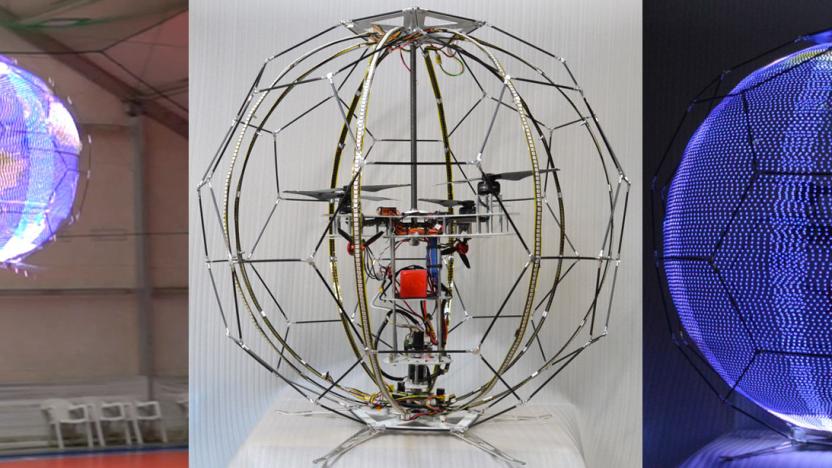
Flying, spherical displays are coming to a halftime show near you
Pepsi's drone show at the Super Bowl this year was impressive, sure, but imagine what those UAVs would've been capable of with more than one pixel. To wit, Japan's Docomo has designed a 144 x 136-pixel spherical LED screen that can display images while in flight. And to give the illusion that the image onscreen is holding still while the drone zips about, "the LED frame spins on its axis in a rapid horizontal motion, forming an afterimage effect to create the illusion of a solid sphere of motionless LEDs," according to a press release.
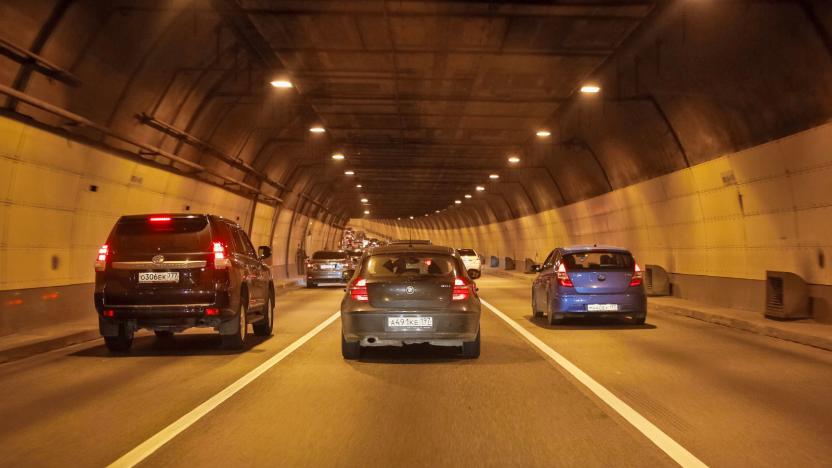
Sony's HDR camera helps self-driving cars see in the dark
As Tesla recently showed, video cameras are as important as radar and LiDAR in self-driving cars for tracking road signs, vehicles, pedestrians and more. However, most can't handle tough lighting situations like very dark conditions, flickering LEDs or a sudden transition into a tunnel on a sunny day. That's where Sony comes in with its latest automotive camera sensor. With high sensitivity, HDR capability and anti-flicker tech, it's one of the first designed specifically to help autonomous vehicles function in less-than-ideal conditions.
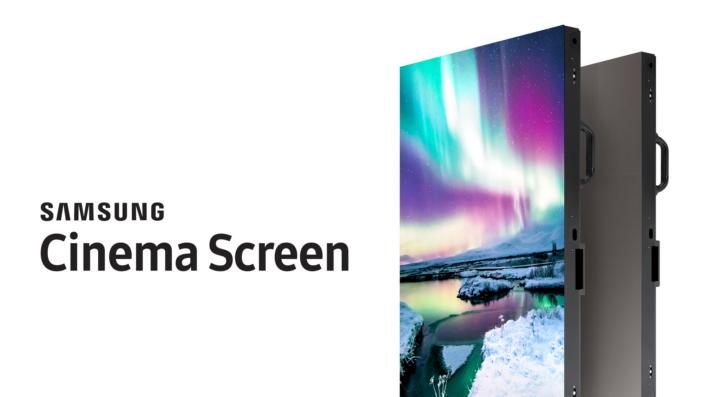
Samsung takes aim at movie projectors with a 34-foot 4K screen
The newest generation of Samsung's 4K televisions stretch its bright, vibrant QLED tech into bigger and bigger screens, topping out at the 88-inch Q9 the company introduced at CES in January. Clearly, these giant TVs are aimed at the home theater market. But the tech giant isn't content with domestic domination. This week, Samsung debuted its 34-foot Samsung Cinema Screen during Cinemacon 2017, which the company claims is the world's first HDR LED theater display.

PiQ puts AI to work in the 'world's first' smart ski
Baseball bats and tennis rackets aren't the only pieces of sports equipment that are getting smarter these days. Ski maker Rossignol and consumer electronics company PIQ announced on Monday that they have created the world's first "connected" ski. Behold, the Hero Master.

LED lights could get better with self-assembling particles
LEDs have dramatically transformed the lighting world over the past few years, thanks to their increased efficiency and life-span over past technologies. But LEDs could see even more upgrades with perovskite particles, a self-assembling nanoscale material that could make them even more efficient and cheaper to produce, Physorg reports. Researchers have already shown how perovskites could improve solar cells, but until now it was difficult to create uniform films made out of the material.












